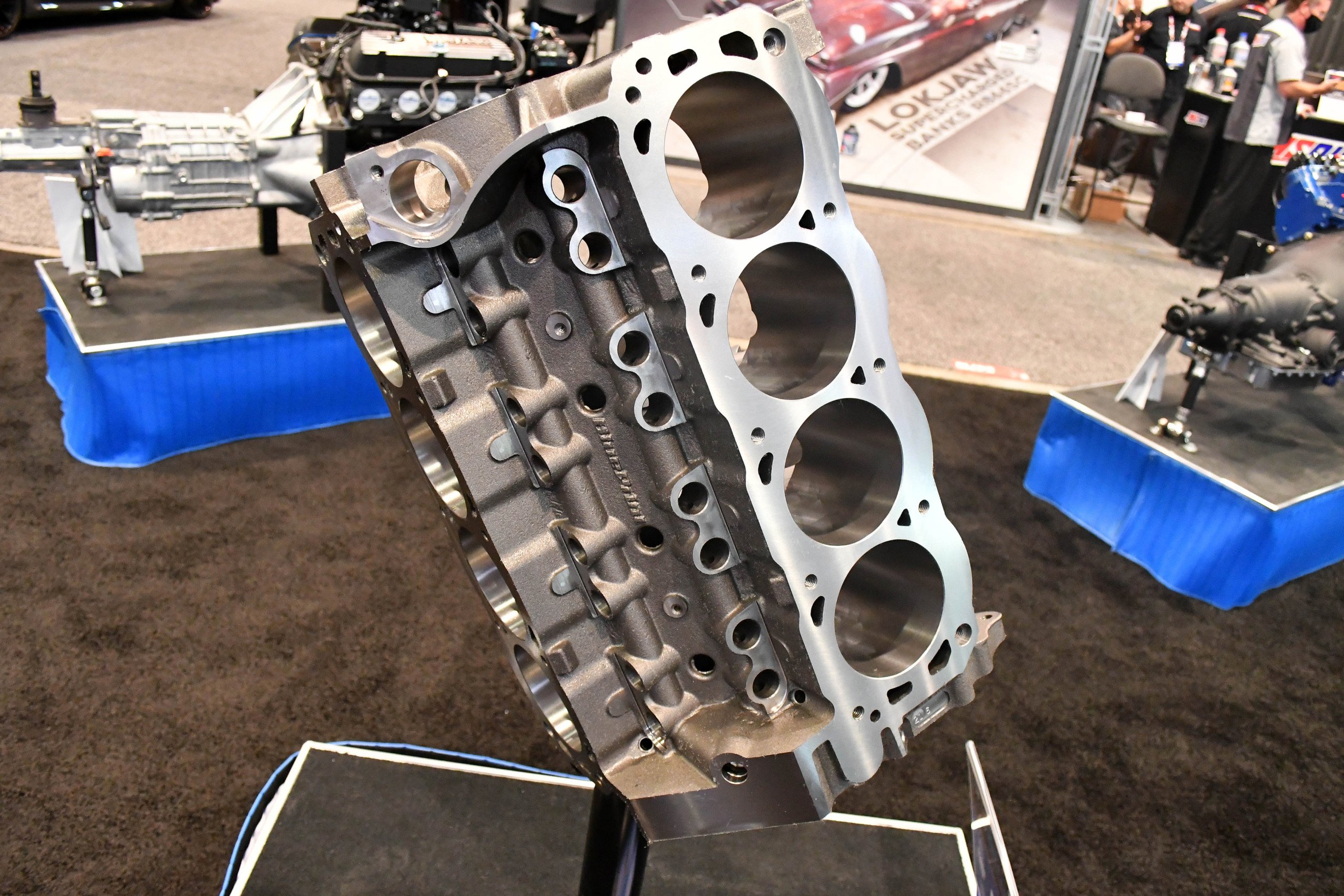TheTurboForums.com has something called the stock block chronicles where they listed a few examples of guys' combos that broke. It's the right idea, but they only have a few samples. I think I'm going to turn this thread into that. I'm going to grab comments from anywhere I can find them and repost here.
If you'd like to post your combo and how it broke with pics and any/all of the following information, that would be appreciated:
Block: Year/Original vehicle or code. Roller/non-roller, etc...
Bore/ Stroke/Rod length
How used: Street/Strip/Auto-X/Road Racing
Machine work: Specifically was it ever balanced.
Rotating Assembly weights: If you know the Crank/rod/piston/balancer/flywheel weights, bob weights if it was balanced by a machine shop, or just have the part # or names for any of them.
Balance: 50/28/0
Max RPM
Dyno'd power or Track Trap speed & weight
Forced Induction Type: Blower/Turbo/N20/NA
Gridled? Brand?
Block damage: Did it crack from mains to lifter valley or go in some other way? what was damaged?
Other Notes: Any other details.
Those are about all of the relevant things I can think of.
If you'd like to post your combo and how it broke with pics and any/all of the following information, that would be appreciated:
Block: Year/Original vehicle or code. Roller/non-roller, etc...
Bore/ Stroke/Rod length
How used: Street/Strip/Auto-X/Road Racing
Machine work: Specifically was it ever balanced.
Rotating Assembly weights: If you know the Crank/rod/piston/balancer/flywheel weights, bob weights if it was balanced by a machine shop, or just have the part # or names for any of them.
Balance: 50/28/0
Max RPM
Dyno'd power or Track Trap speed & weight
Forced Induction Type: Blower/Turbo/N20/NA
Gridled? Brand?
Block damage: Did it crack from mains to lifter valley or go in some other way? what was damaged?
Other Notes: Any other details.
Those are about all of the relevant things I can think of.
Last edited:





 Rank ass amateurs
Rank ass amateurs
